Trees are vital to the ecosystem. They provide shelter for wildlife, purify the air we breathe, and help maintain environmental balance. Proper tree care helps maintain this balance by ensuring the health and vitality of the trees we depend on. From pest management to strategic tree planting, this blog explores the environmental benefits of proper tree care.
1. Pest and Disease Management
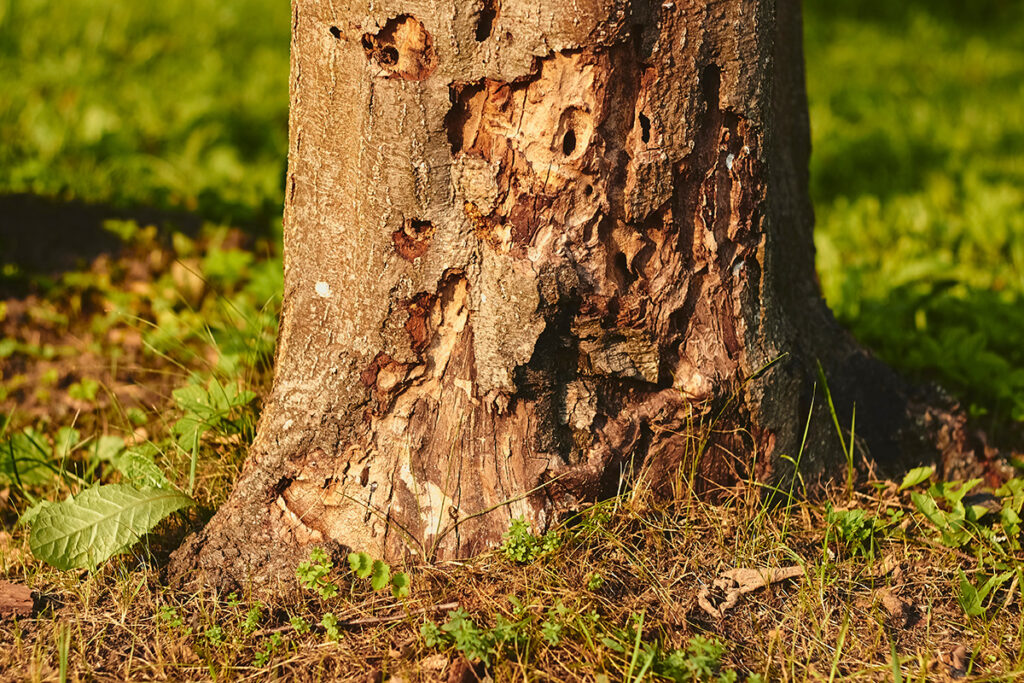
Pests and diseases can be detrimental to the health of not only trees but also the environment as a whole. Many common tree pests and diseases are invasive. Invasive pests and diseases can have a detrimental effect on native plant species by taking over their native habitat and depleting essential resources. If left uncontrolled, these invasive species can spread rapidly and cause severe damage to the surrounding environment.
Effectively managing them can reduce spread and contribute to a healthy, thriving ecosystem. Routine tree care can ensure early detection and management of invasive pests and diseases, preventing further spread and reducing their overall impact on native ecosystems.
2. Preserves Biodiversity
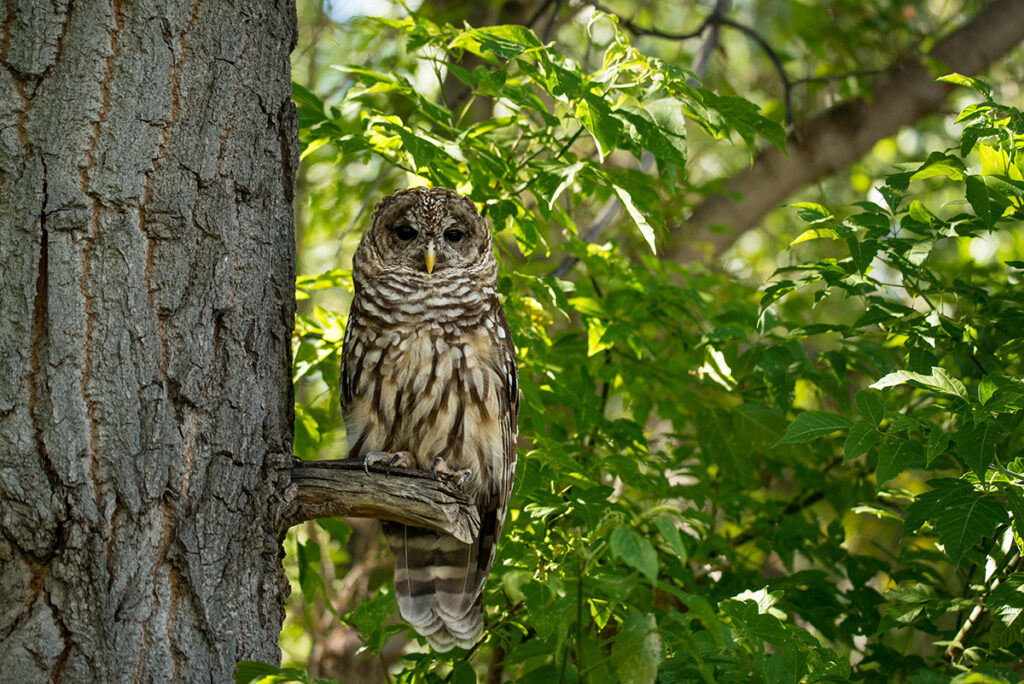
Trees provide natural habitats for many species of plants, animals, and insects. Healthy trees also help keep the air and waterways healthy. Roots prevent erosion from contaminating waterways with sediment and leaves filter pollutants from the air to provide clean oxygen for the diverse wildlife around us.
Proper care like regular tree pruning and ground mulching ensures these trees thrive. This, in turn, supports a thriving ecosystem and rich biodiversity, which is essential for the health of our environment.
3. Proper Tree Selection Improves Ecological Balance
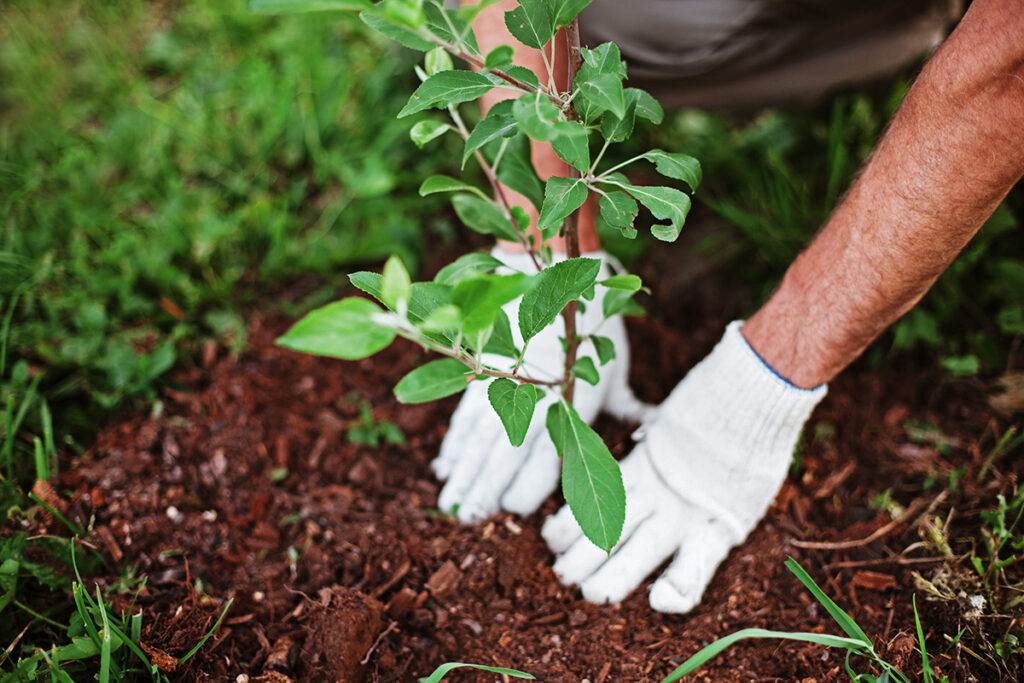
Selecting the appropriate tree species is a cornerstone of effective tree care. By choosing a tree well-suited for your property, including soil composition, sunlight exposure, and size, you establish a foundation for long-term health and resilience. This minimizes stress factors that can lead to issues like pest infestations and disease, ensuring the tree can flourish and maximize its environmental benefits to our local landscape.
Arborists are experts in this area and are trained to know which types of trees will thrive in which environments, and which trees can help certain environments thrive in return. They may also prioritize native species that can support local wildlife, which helps enhance the overall ecological balance of the surrounding environment.
4. Promotes Soil Health
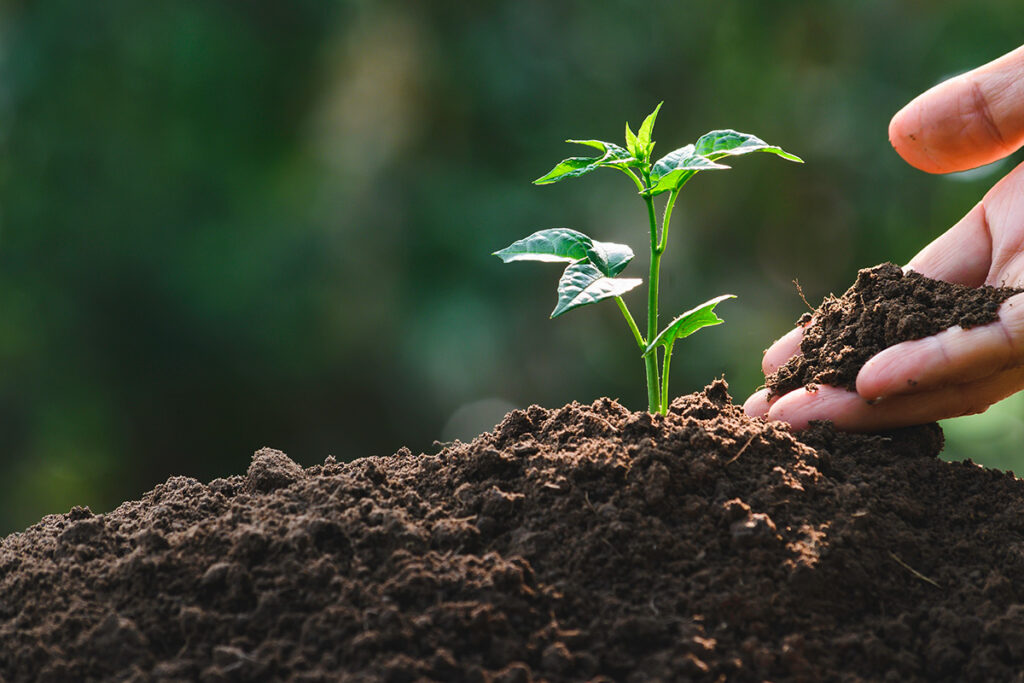
Soil health is vital for environmental balance. Rich soil supports a diverse range of microorganisms, insects, and other wildlife, contributing to the overall health of the environment. Trees are critical in maintaining soil quality since they enrich it with organic matter like fallen leaves and twigs that decompose and add essential nutrients back into the soil.
Practices like proper tree mulching also help create a favorable environment for beneficial microbes and earthworms. These helpful organisms break down organic matter, enriching the soil with nutrients that trees need to thrive. Trees with healthy root systems further improve soil health by preventing erosion and promoting water infiltration. This creates a virtuous cycle: healthy trees for a healthy environment, and healthy soil for healthy trees.
5. Tree Risk Assessments Protect the Environment
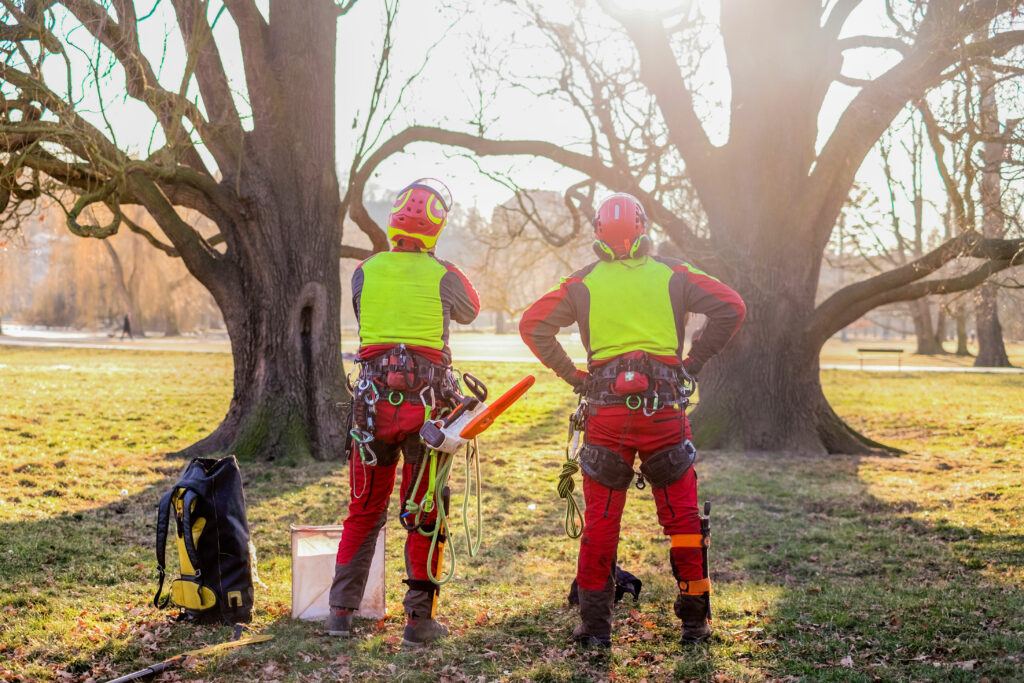
A tree risk assessment is a comprehensive evaluation of a tree’s health and potential safety risks. An arborist will look for possible dangers such as weak branches, diseases, or structural issues to analyze a tree’s likelihood of failure (falling). If the tree is deemed at risk, your arborist will be able to provide preservation care like tree cabling, bracing, or pruning. In cases where it can’t be saved, tree removal will be required to protect the surrounding environment.
Without removal, tree failure can be detrimental to the environment in several ways:
- Damage to nearby vegetation: When a large tree falls, it can crush smaller plants and disrupt undergrowth. This can harm local biodiversity and interfere with the natural growth patterns of the surrounding vegetation.
- Habitat destruction: Trees are habitats for wildlife. A falling tree can displace birds, insects, and small mammals, disrupting local ecosystems.
- Water contamination: Trees that fall into rivers, lakes, or other bodies of water can cause physical obstruction that alters the flow and quality of water. This can lead to habitat loss for aquatic species and contaminate water sources.
Having regular tree risk assessments allows an arborist to intervene before a tree has the chance to fail. Early intervention allows for targeted treatments that can protect healthy trees in the vicinity, safeguard animal habitats, and limit the risk of unnecessary disruption to the ecosystem. This promotes a healthier environment overall.
Contact our Arborists for Professional Tree Care Services
The health of a tree affects more than just the tree itself; it affects the surrounding environment, too. Properly caring for your trees helps protect wildlife, and helps to keep our air and local waterways healthy.
At Vintage Tree Care, we understand the importance of proper tree care for the environment. We have years of experience providing Santa Rosa with tree care services that support a thriving ecosystem. Don’t wait to give your trees the care they deserve; contact us online today, or give us a call at (707) 495-4686 to connect with one of our certified arborists.
The comments are closed.


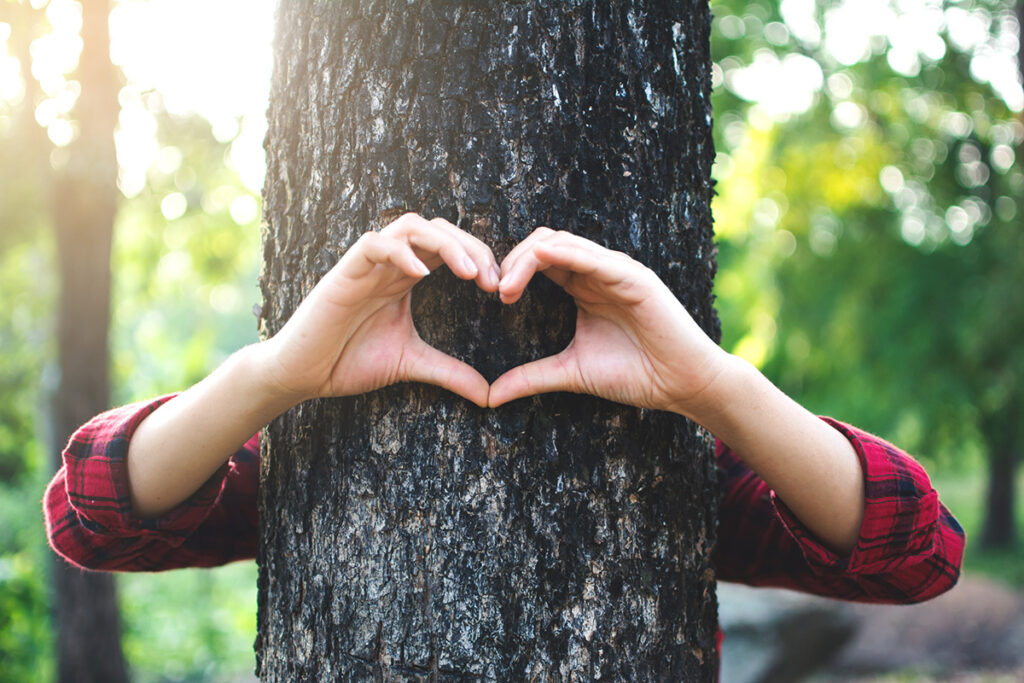
No comments yet